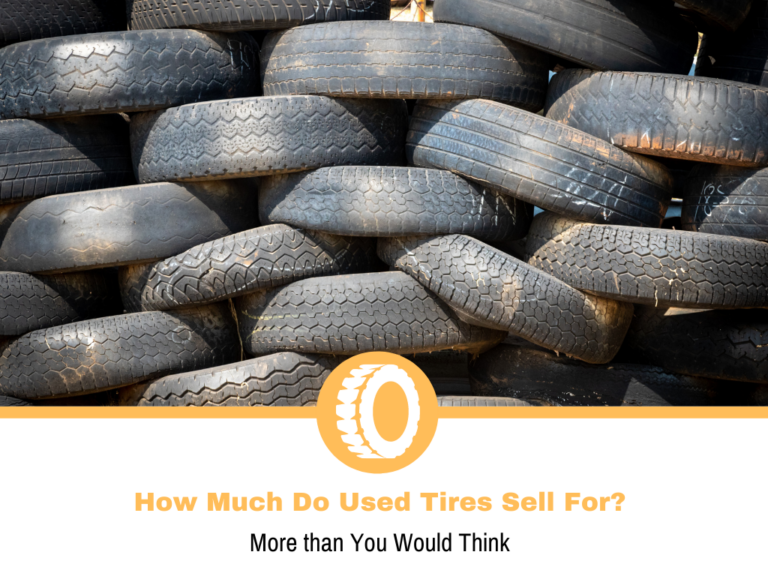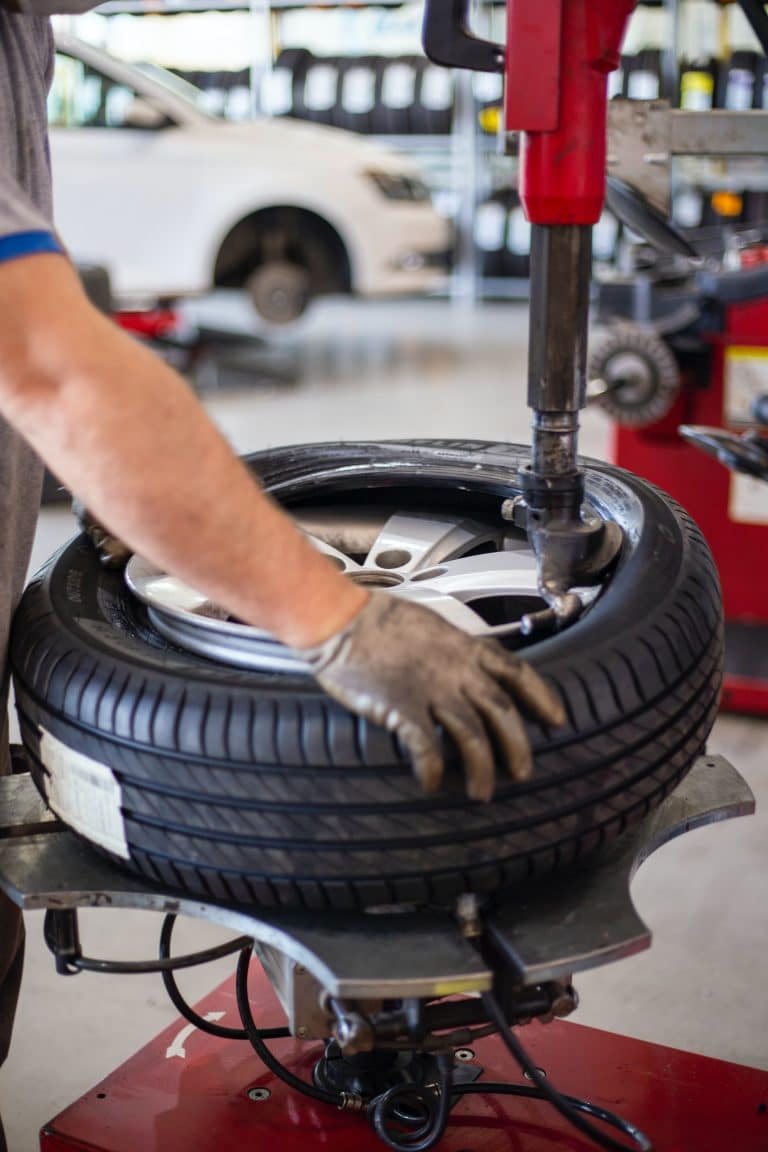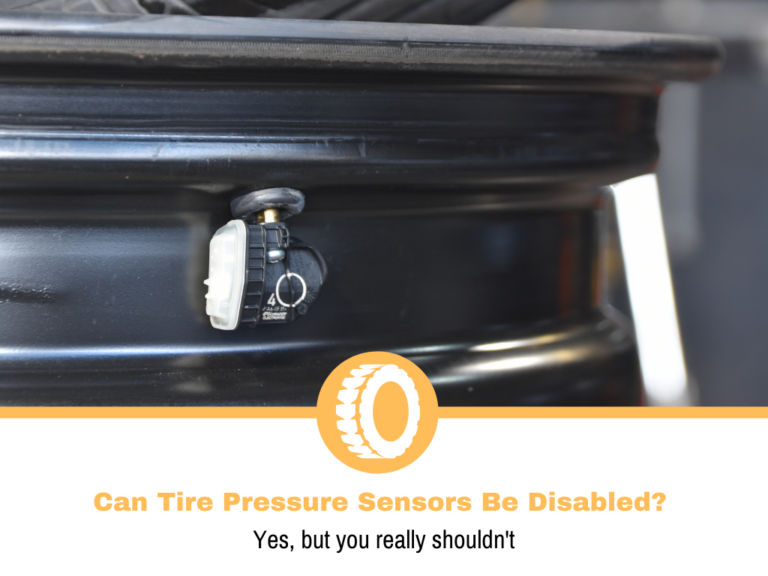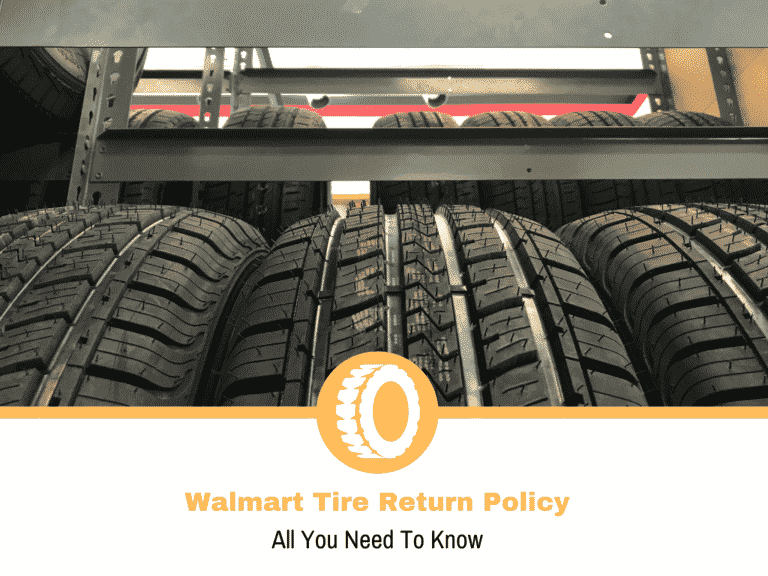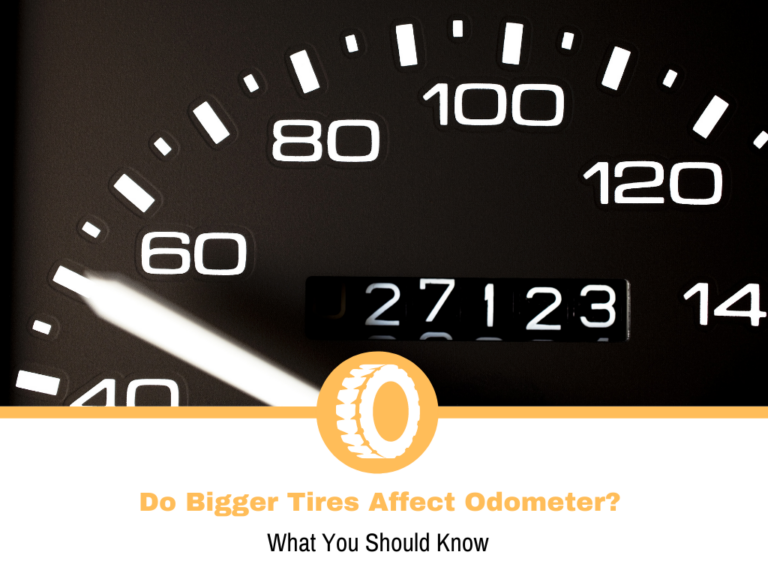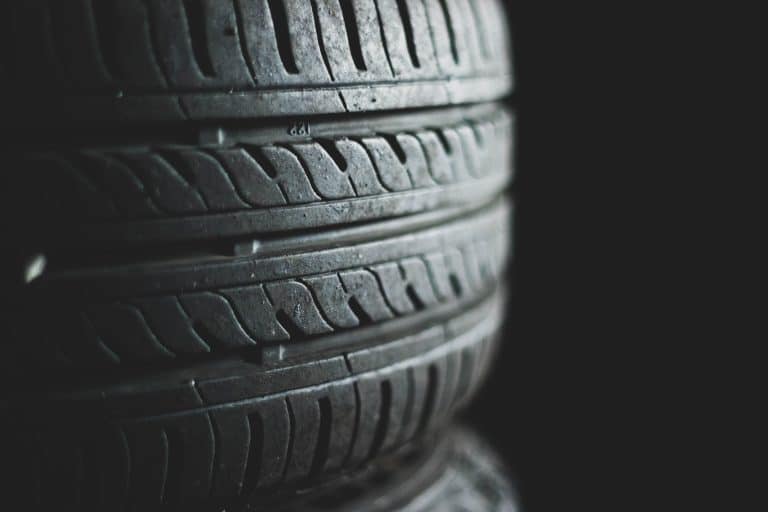215 vs 225 Tires
Rest assured that each of these categories, whether you choose 215 or 225 tires, will perform as intended for their respective purposes. But what exactly is the significance of these numbers? What is the relevance of these parameters in deciding tire performance?
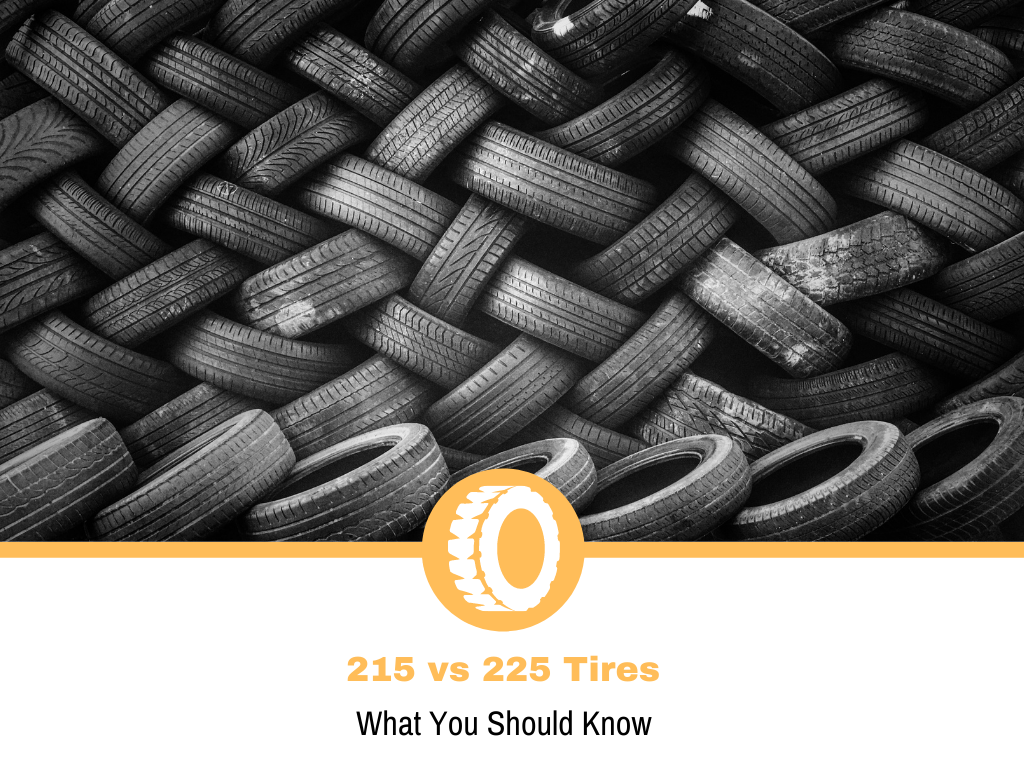
You may be familiar with the type and brand of a certain pair of tires, but you may be unfamiliar with the many sizes that are available for your car. It is likely that this is your situation, and you need first-hand knowledge of the various tire sizes available on the market right now.
215 and 225 are the tire widths measured in millimeters. That said, 225 is wider than 215, however, in terms of aspect ratio, the latter has a higher profile. These two tire sizes also serve a specific purpose depending on general usage. The lower profile provides a firmer ride while the other type is geared for comfort.
215 and 225 Tires: Similarities and Differences
Trying to get a new set of tires for your car when you have no idea what you are looking for can be a challenging and daunting experience. In order to assist you in selecting the ideal tire for your vehicle, you should consider the metric sizes, the width of the tire, the diameter of the rim, the sidewall aspect ratio, and the grip.
Metric Sizes
First, the width of the tire is indicated by the first number (215), which is measured in millimeters. The second number (45R) refers to the sidewall height of the vehicle. It is expressed as a percentage of the tire’s width and is referred to as the aspect ratio in the industry. In this respect, the aspect ratio of 215/45R17 is 45 percent of the width of 225 millimeters this context. You may have noticed from the description above that the tire width is written in metric millimeters (millimeters), whilst the wheel rim size is indicated in imperial measurement (inches).
The Width
The 215 tires, on the other hand, are thinner than the 225 tires in comparison. When determining which tires should be put on the front and rear of the vehicle, this distinction is significant. Vehicles with rear-wheel drives, such as sports cars, are delivered fully equipped with tires that are smaller in width at the front than they are at the back of the vehicle. Because of the variation in their sizes, their overall diameters will likewise be different as well. The wheel diameters of the rear tires will be greater than those of the front tires.
The use of broad rear tires improves grip while also providing greater power to the vehicle. Because of this, they have the potential to induce a phenomenon known as wheel spin. During this event, tires may be difficult to maneuver and have a tendency to follow ridges and grooves when driving. This results in another incident known as “tramlining,” which means that they need more steering effort to keep them spinning as a result of their increased rolling and turning resistance. In the process, they degrade the suspension’s ability to function.
However, larger wheel wells will be required to allow wider tires (225) in the front, which will improve the vehicle’s turning abilities. However, anything wider than a specific width will cause the vehicle’s grip on the road to deteriorate while turning. Despite the fact that it is a good idea to put narrower tires at the front of your automobile and wider tires at the back, it is completely unnecessary to install bigger tires on one side of your vehicle.
Weight balance will be altered as a result of this action. In addition, it will cause one side of your car to have a different level of grip than the other while you are braking, and it will cause your vehicle to have difficulty cornering as well.
Rim Diameter
Expect to see some cars with wheels of varying diameters, which is not surprising. In most agricultural vehicles, such as tractors, you may find an excellent illustration of this. Their back tires have a wider diameter as compared to their front wheels, which have a smaller circumference.
Another example is the use of smaller rigid pickup trucks. Smaller rigid trucks, as opposed to agricultural tractors, feature rear wheels with smaller diameters than agricultural tractors. Lowboy trailers, which have wheels that are very tiny in order to make lowering the deck to the ground simple and fast, often experience a similar situation.
According to this reasoning, 215 tires are more often than 225 tires to be seen swapping positions on various vehicle types since the 215 tires have smaller diameters than the 225 versions.
The Sidewall Aspect Ratio
In the tire industry, the aspect ratio of the tire is known as the series or profile of the tire. It’s commonly calculated by dividing the section height of the tire by the section width of the tire’s section height. Because of the variations in their widths, the 215 will almost certainly have a larger aspect ratio than the 225. The performance of the tire on the road will be affected by this little variation in the ratio.
Typically, tires with lower aspect ratios react to lateral forces more efficiently than tires with higher aspect ratios, therefore 225 tires will respond to lateral forces more effectively than 215 tires in the majority of circumstances. This is due to the fact that the aspect ratio of a tire’s sidewall has an impact on steering stability. The lower the sidewall of the tire or the shorter the aspect ratio of the tire, the quicker the transmission of steering input from the wheel to the tread will be; this will result in a more responsive steering reaction.
Aspect ratio also has a beneficial influence on the tire’s tread contact patch, which indicates that low-profile tires are more likely to create or supply a broader tread contact patch than higher-profile tires. As a consequence, the broader tread contact patch generates a firmer footprint, which reduces distortion while simultaneously improving cornering traction and stability.
Additionally, the sidewall aspect ratio of the tire has a significant influence on the overall ride quality; this is noticeable when using low-profile tires such as the 225 instead of the 215 tires. Tires with a lower profile provide a firmer ride than tires with a typical sidewall aspect ratio of more than 75, which provides a more comfortable ride.
In this way, you will benefit from a more responsive steering reaction. Based on their relative aspect ratios, you will also notice greater cornering traction and a firmer ride with 225 tires compared to 215 tires, among other benefits.
The Grip
In other words, the 215 tires are smaller in width than the 225 tires, which raises the issue of whether broader tires are more grippy or not. The most apparent explanation is that it is true. Isn’t it true that the wider the tires are, the more contact they make with the road surface?
When the tire is made wider, the footprint of the tire changes dramatically. The footprint will get broader while simultaneously becoming shorter, which will modify its load capacity in order to provide a better grip on the ground.
Due to the difference in width between the 215 and 225 tires, the 215 tires will have less grip than the 225 tires. 225 tires will achieve better levels of braking distance reduction while boosting traction on the road surface as a result of enhanced grip on the road surface. This is particularly true on wet terrain.
All-season Tire
225 provides excellent traction in all weather situations. This implies that this tire will continue to operate admirably on a variety of surfaces, including wet, dry, icy, and snowy ones, with no issues. A complete complement of features, including broad tread grooves to improve grip and traction, are included with the tires.
When riding on wet terrain, the tread grooves not only assist in removing slouch but also assist in removing water from the tire. Because of this unique characteristic, 215 tires are more fuel-efficient when compared to their predecessors.
Limitation
Both of these tires are reasonable in terms of pricing, given the genuine price point. However, one of the most significant disadvantages worth noting is that 215 tires may be quite narrow, making it difficult to get the much-needed grip you are searching for. It is possible that it will not provide adequate grip for turning or drawing the brakes on snowy or slick roads. The 225 tires, on the other hand, have a greater surface area, which enables you to go less distance while still maintaining an exceptional grip on the brakes. 215 is a versatile player. Despite this, the 225 models, the next model in the series, have been released to replace it. These tires provide excellent traction and are deserving of the designation “all-season tires.” The tires provide higher mileage in all four seasons as well as better grip and more surface covering without taking up more space while turning or parking. However, the overall quality of the 225 may be a bit more enhanced. It will undoubtedly stand out from the crowd as a result of the upgrade.
Conclusion
215 and 225 tires have somewhat differing widths, with the 225 having a slightly broader tread pattern than the 215. As a result, the 225 tires have increased traction and grip, allowing them to perform admirably in all weather conditions. The 215 tires, on the other hand, have a great load index, are reasonably priced, and use less gasoline as a result of their reduced rolling resistance.
The decision between two tires will be determined by your vehicle and personal taste; both are designed to provide optimum performance.
